What is the best way to water my Punk tree?
Your Punk tree will not be too picky about how you choose to water it. As such, you can use just about any common watering tool to moisten this plant’s soil. Watering cans, hoses, and even cups will work just fine when it is time to water your Punk tree. Regardless of which watering tool you use, you should typically apply the water directly to the soil. In doing so, you should ensure that you moisten all soil areas equally to give all parts of the root system the water it needs. It can help to use filtered water, as tap water can contain particles that are harmful to plants. It is also beneficial to use water that is at or slightly above room temperature, as colder or hotter water can be somewhat shocking to the Punk tree. However, the Punk tree usually responds well to any kind of water you give it.
![more]()
What should I do if I water my Punk tree too much or too little?
For outdoor plants, especially newly planted plants or plant seedlings, they can be prone to lack of watering. Remember that you need to keep watering enough for a few months when the tree is small or just planted. This is because once the roots are established, Punk tree can rely on rain most of the time. When your Punk tree is planted in pots, overwatering is often more likely to.When you accidentally overwater your Punk tree, you should be prepared to remedy the situation immediately. First, you should stop watering your plant right away to minimize the effect of your overwatering. After, you should consider removing your Punk tree from its pot to inspect its roots. If you find that none of the roots have developed root rot, it may be permissible to return your plant to its container. If you do discover signs of root rot, then you should trim away any roots that have been affected. You may also want to apply a fungicide to prevent further damage. Lastly, you should repot your Punk tree in soil that is well-draining. In the case of an underwatered Punk tree, simply water this plant more frequently. Underwatering is often an easy fix. If you underwater, the plant's leaves will tend to droop and dry out and fall off, and the leaves will quickly return to fullness after sufficient watering. Please correct your watering frequency as soon as underwatering occurs.
![more]()
How often should I water my Punk tree?
Most plants that grow naturally outdoors can be allowed to grow normally with rainfall. If your area lacks rainfall, consider giving your plants adequate watering every 2 weeks during the spring and fall. More frequent watering is needed in summer. In winter, when growth becomes slower and plants need less water, water more sparingly. Throughout the winter, you may not give it additional watering at all. If your Punk tree is young or newly planted, then you should water more frequently to help it establish, and mature and grow up to have more adaptable and drought tolerant plants. For potted plants, there are two main ways that you can determine how often to water your Punk tree. The first way is to set a predetermined watering schedule. If you choose this route, you should plan to water this plant about once every week or once every other week. However, this approach may not always work as it does not consider the unique conditions of the growing environment for your Punk tree . Your watering frequency can also change depending on the season. For instance, a predetermined watering schedule will likely not suffice during summer when this plant's water needs are highest. An alternative route is to set your watering frequency based on soil moisture. Typically, it is best to wait until the first two to four inches of soil, usually ⅓ to ½ depth of the pots, have dried out entirely before you give more water.
![more]()
How much water does my Punk tree need?
When it comes time to water your Punk tree, you may be surprised to find that this plant does not always need a high volume of water. Instead, if only a few inches of soil have dried since your last watering, you can support healthy growth in the Punk tree by giving it about five to ten ounces of water every time you water. You can also decide your water volume based on soil moisture. As mentioned above, you should note how many inches of soil have dried out between waterings. A surefire way to make sure your Punk tree gets the moisture it needs is to supply enough water to moisten all the soil layers that became dry since the last time you watered. If more than half of the soil has become dry, you should consider giving more water than usual. In those cases, continue adding water until you see excess water draining from your pot’s drainage holes. If your Punk tree is planted in an area that gets plenty of rain outdoors, it may not need additional watering. When the Punk tree is young or just getting established, make sure it gets 1-2 inches of rain per week. As it continues to grow and establish, it can survive entirely on rainwater and only when the weather is hot and there is no rainfall at all for 2-3 weeks, then consider giving your Punk tree a full watering to prevent them from suffering stress.
![more]()
How can I tell if i'm watering my Punk tree enough?
Overwatering is a far more common problem for the Punk tree, and there are several signs you should look for when this occurs. Generally, an overwatered Punk tree will have yellowing leaves and may even drop some leaves. Also, overwatering can cause the overall structure of your plant to shrivel and may also promote root rot. On the other hand, an underwatered Punk tree will also begin to wilt. It may also display leaves that are brown or brittle to the touch. Whether you see signs of overwatering or underwatering, you should be prepared to intervene and restore the health of your Punk tree.
![more]()
How can I water my Punk tree at different growth stages?
When the Punk tree is very young, such as when it is in a seedling stage, you will need to give it more water than you would if it were at a mature age. During the early stages of this plant’s life, it is important to keep the soil consistently moist to encourage root development. The same is true for any Punk tree that you have transplanted to a new growing location. Also, the Punk tree can develop showy flowers and fruits when you give them the correct care. If your Punk tree is in a flowering or fruiting phase, you will likely need to give a bit more water than you usually would to support these plant structures.
![more]()
How can I water my Punk tree through the seasons?
The seasonal changes will affect how often you water your Punk tree. Mainly, during the hottest summer months, you will likely need to increase how much you water this plant, especially if it grows in an area that receives ample sunlight. Strong summer sunlight can cause soil to dry out much faster than usual, meaning that you’ll need to water more frequently. By contrast, your Punk tree will need much less water during the winter, as it will not be in an active growing phase. During winter, you can get by with watering once every 2 to 3 weeks or sometimes not at all. For those growing this plant indoors, you should be somewhat wary of appliances such as air conditioners, which can cause your plant to dry out more quickly, which also calls for more frequent watering.
![more]()
What's the difference between watering my Punk tree indoors vs outdoors?
In some cases, your Punk tree may not need any supplemental watering when it grows outside and will survive on rainwater alone. However, if you live in an area of little to no rain, you should water this plant about every two weeks. If you belong to the group of people who live out of this plant's natural hardiness zone, you should grow it indoors. In an indoor setting, you should monitor your plant's soil as it can dry out more quickly when it is in a container or when it is exposed to HVAC units such as air conditioners. Those drying factors will lead you to water this plant a bit more often than if you grew it outdoors.
![more]()
Do I need to prune my Punk tree?
Punk tree, like most other evergreen trees, absolutely need to be pruned in order for them to grow as happy, healthy trees. Of course, there are lots of reasons that pruning is important, so we’ll talk about those in greater detail. Pruning opens up the inner canopy to airflow and sunlight. Without keeping these pathways open, the inner canopy will be starved of sunlight and air. Therefore, pruning your Punk tree is not only advantageous, but it also weakens the impact of pests and infections by separating branches from one another. These benefits are far too easy to reap with Punk tree to neglect them. Aside from keeping your Punk tree happier and healthier, pruning just makes things look nice and tidy. Who doesn’t love a well-kept tree, anyway?
![more]()
When is the best time to prune my Punk tree?
Punk tree can be pruned at different times depending on whether they’re grown indoors or outdoors. For outdoor trees, pruning and trimming should be done when the tree is not actively growing; this generally falls under the colder months of winter, but can vary depending on where you live. However, if you’re growing your Punk tree indoors, there are lots of different times of the year when it’s okay to trim lightly. For example, if you’re planning on trimming a bit off the top of just one or two smaller branches, then you can trim nearly anytime. For heavier pruning on indoor Punk tree, it’s best to wait until those same colder months when outdoor Punk tree wouldn’t normally be actively growing. Punk tree should be pruned as needed. Typically, these trees should be pruned to remove any damaged, yellowing, dying, or dead foliage. It is also necessary to prune this plant to remove any shoots that are congested or are crossing.
![more]()
What should I do after pruning my Punk tree?
In order to keep your Punk tree growing strong, remove any branches or debris that landed at the base of the tree. Keeping the area clear can prevent weeds and underbrush from crowding out the tree, especially if it’s young. Another great tip is to use raw, organic honey to treat large open wounds on the Punk tree where branches were trimmed. The use of honey prevents any pathogens or potential pests from making their way in. It’s also a good idea to water a little extra after pruning for a week or two. Providing them with a little extra water helps them build natural calluses over the exposed core faster, so they can get back to growing into large, Punk tree!
![more]()
How can I prune my Punk tree: tips and techniques?
While most of the Punk tree won’t need to be pruned until they develop some substantial height, sometimes their branches get a little carried away in the wrong direction. This is why this part of the Punk tree needs to be pruned in good time. Tools In order to prune your Punk tree properly, you’ll need the proper pruning tools. While smaller plant shears and garden scissors may not cut it (pun intended), handheld clippers, pruners and loppers will certainly help out. For very tall branches that are out of safe reach, use a pole saw with the necessary safety equipment. It’s also a good idea to wear gloves while pruning to avoid any splinters or cuts in general. How to Prune To prune your Punk tree, first cut away any dead, dying or diseased branches. Look for pests, irregular growth patterns, and brittle branches or leaves. Snip these off at the branch collar, where the branch intersection is, without scoring the main branch. Next, be on the lookout for extra long branches or leaves that may not be able to support a lot of weight. These branches or leaves will be too heavy and grow downwards, so this can be trimmed back if necessary. Try to find all of the branches that grow either directly up (that are not the primary trunk) and those that grow directly downward. These branches will become an issue because they can effectively block out light and air from inner branches. Trim these back to the branches they stem from as well. If there’s not much space within the canopy for light to reach the center of the tree, you can trim away some excess foliage to make windows for light to shine in.
![more]()
How much/long should Punk tree get sunlight per day for healthy growth?
For healthy growth, make sure that Punk tree receives at least 3–6 hours of sun each day. This is actually a minimum requirement—most plants that can handle part sun can also thrive in full sun, but because they require less light for photosynthesis, they are more flexible than plants that require full sun or part shade.
![more]()
What type of sunlight does Punk tree need?
Punk tree does best with exposure to full or part sun. They will perform best with direct morning light, but in summer they need protection from the strong afternoon sun. In temperate environments, too much hot afternoon sun can burn the leaves, damaging the plant's appearance and health.
![more]()
Can sunlight damage Punk tree? How to protect Punk tree from the sun and heat damage?
Punk tree planted indoors can easily be damaged by direct sunlight when it's moved outdoors. The best way to prevent sunburns from overexposure is to move pots gradually from a shaded area to a brighter spot, gradually. But even plants that are acclimated to the summer sun can be damaged by extreme heat. In a heatwave, it is important to keep the soil consistently moist so that plants can cope with excessive levels of heat. Moving plants in containers to areas with afternoon shade or erecting a shade cloth over them can protect sensitive Punk tree during extreme weather events.
![more]()
Does Punk tree need to avoid sun exposure? / Should I protect Punk tree from the sun?
While bright morning sun and some full sun exposure can be highly beneficial for Punk tree, the harsh, hot midday sun of summer can be too much to handle. If planted in the ground, the summer sun will usually ramp up slowly enough through the season for Punk tree to gradually adapt to its intensity. But a potted plant that has been indoors or in a protected location will often suffer injury when placed suddenly into a location where the direct summer sun reaches it in the hottest part of the day. To protect this plant from the brutal afternoon summer sun, plant or place it in an understory location where it is shaded at midday by taller trees and plants or by a building or landscape feature.
![more]()
What will happen if Punk tree gets inadequate sunlight?
When Punk tree receives too little sun, they may become pale green or display drooping, yellow leaves. While some leaf drop is normal, if leaves are dropping but no new ones are growing in to replace them, it is a sign that something is wrong. If Punk tree receiving inadequate light does manage to grow, the new growth is often spindly, pale, and prone to insect infestation. Paying attention to these signs and changing the lighting conditions of the plant will make a significant difference.
![more]()
Does Punk tree need special care about sunlight during its different growth stages?
Tender, new leaves are especially sensitive to sunburn. Bearing this in mind, very young Punk tree and when it's in a strong growth phase, such as in late spring and early summer, will be more sensitive to harsh sun and heat than the mature one or those in a more dormant fall growth stage. Punk tree fresh from a nursery is also usually not prepared for strong full sunlight and must be introduced to it slowly.
![more]()
Are there any cautions or tips for sunlight and Punk tree?
Recently transplanted Punk tree will often experience a bit of shock and will need to be cared for carefully, either shaded from bright afternoon sun or placed in a protected area. On very hot days, you may see the leaves of Punk tree drooping—this is usually nothing to worry about. Plants will send the water in their leaves down into their roots to protect them from burning. However, if the leaves are still drooping in the evening or the next morning, the plant needs water. Always avoid watering during the hottest times of day, as sunlight can hit wet leaves and scorch them easily. Punk tree that has been underwatered will be weaker than that with consistently moist soil. This can leave it with weak roots that are unable to protect the leaves on hot, sunny summer days by diverting water away from the leaves. Care for an underwatered plant by giving it a long, deep watering and then allowing the top two inches of soil to dry out before the next watering. Even if it loses its leaves, if cared for properly it will grow new ones.
![more]()
What is the optimal temperature for Punk tree?
Colder temperatures can affect plants since they have the same temperature as the air around them. When they are exposed to the sun, they can start to get warm again, but this is not the case during winter. The temperature range for the Punk tree is often 70~85℉(21~30℃). They might tolerate 20~30℉(-6~0℃) even 15℉(-10℃), but not for long since this can result in frost damage. Maximum temperatures should be around 70~85℉(21~30℃), but make sure that you spray them with water from time to time and give them some shade to prevent wilting.
![more]()
Should I adjust the temperature for Punk tree during different growing phases?
Do some research and make sure that the temperature is right when growing Punk tree. Some growers might consider decreasing the plants' thermostats during the growing season to reduce HVAC costs. However, it's vital to understand that the temperature can affect the flowering, pest management, and quality of the plants. There will be a temperature point where the Punk tree will stop growing, and this can happen during the winter when some species might go into a dormant state. The base temperature becomes warmer when the season changes and the Punk tree can grow faster. The species that are naturally growing in warm habitats have higher optimum temperatures when you compare them to the ones that thrive in a cooler climate. When the seeds of Punk tree are exposed to cool temperatures, this can cause a decrease in uniformity and delays. You might also want to lower the temperature during flowering but not at other phases. Cooler temperatures at night will also require less water, so adjust the irrigation as needed.
![more]()
How can I keep Punk tree warm in cold seasons?
Stop fertilizing the plant to avoid new growth and allow the old ones to become hardy. This way, they can endure colder temperature when it begins to drop. To keep them warm, you can build structures around the Punk tree like cages or trellises. There are also options to use heat mats that can gently warm the soil since they can consistently maintain an ideal temperature range for the Punk tree.
![more]()
How can I save Punk tree from temperature damage?
During winter, you can protect the Punk tree from frost by covering it with cloths, tarps, burlaps, sheets, or plastic buckets. Make sure to keep them down so they continue to act as insulators and the wind will not blow them away. However, ensure that the plastic sheets or burlap covers should not touch any part of the fruit or foliage, or the cold temperatures can transfer to the material and cause burns. When the temperatures begin to rise during the daytime, remove the covers.
![more]()
Should I adjust the temperature for Punk tree in different seasons?
When growing the Punk tree in spring, you might want to increase humidity since the air temperature tends to be cooler at this time. A dry temperature can be a stressful growing environment for various species, which can help. If summer arrives, the large cover of the greenhouse and the warm temperature will mean that there will be a higher humidity level in the air. Some signs to look for are the condensation that is often found on the walls of the greenhouse, and this can cause issues with pollination and the development of infections when the water begins to fall on the leaves. Make adjustments according to the temperature and do some spraying during the hotter days of the year.
![more]()
What damage will Punk tree suffer if the temperature is too high/low?
Generally, the first cold snap can destroy the Punk tree and others might go into a dormant state when the temperature is low. Some plants can get chilled when the temperatures range from 20~30℉(-6~0℃). They can freeze when the temperature begins to drop below 32℉(0℃). Those species that hide most of their parts under the soil might lose their structures above ground, but they can recover in spring. Some of the associated issues with too low temperatures are the lack of availability of resources like water, and nutrients, and those subtropical plants can suffer when the temperature reaches below 20℉(-6℃). The plants can also get damaged because of extreme heat stress when it's too high. This can reduce the transpiration rate that can affect the growth and productivity of Punk tree.
![more]()
What tips and cautions should I keep in mind when it comes to temperature for Punk tree?
You need to cover the plants at night since these can add about 5 degrees more to protect the species from frost and freezing temperatures. The cloth rows can work well as blankets and ensure that there are no openings where the heat could escape. When using the covers, avoid the plastic from touching the foliage because this can cause the Punk tree to freeze. Remember to keep the covers during the day and stop using heat pads during the summer. It will always be worth the effort to protect the cold-intolerant plants from freezing temperatures to help them survive.
![more]()
How can I keep Punk tree warm without a heat pad?
If you prefer not to use a heat pad, bring the Punk tree inside, especially if it's freezing outdoors. During spring, consider the ones you need to bring indoors and plant them in moveable pots and containers.
![more]()
How can I provide Punk tree with an adequate temperature condition?
Most often, the ones caring for the Punk tree will grow them in greenhouses. This is because they can provide adequate temperature in these areas that won't affect the photosynthesis process of a specific process. Some install the proper HVAC systems to control the temperatures of Punk tree. This can handle many species' cooling and heating needs, especially during the summer and winter. They generally place the cooling or heating pad under the plants rather than above to achieve their desired temperatures. If outdoors, you can protect the Punk tree from frost by covering it with cloths, tarps, burlaps, sheets, or plastic buckets.
![more]()
Under what conditions should I stop adjusting the temperature for Punk tree?
Heat mats are often left on Punk tree to set the temperatures at a more consistent level. When the weather becomes warmer during the day, you can remove them, especially if the species are exposed to the sun. Put the pads away once the plants are established and when they start growing flowers and fruits.
![more]()
Why do I need to fertilize my Punk tree?
Regardless of which kind of Punk tree you own, regular fertilization will help you grow a plant that has great overall health. The proper supply of nutrients leads to more vigorous growth and can help your Punk tree be more resilient to tough growing conditions while also gaining a better ability to fight off diseases and pests. The foliage of your Punk tree is one of its most attractive features, which is why you should do all you can to keep it intact. Again, this means creating and adhering to a regular fertilization schedule that is specific to your Punk tree. Doing so will prompt your Punk tree to develop leaves with a deep color and a lush overall look.
![more]()
When is the best time to fertilize my Punk tree?
The first time that you should fertilize your Punk tree is during the late winter or early spring. This type of fertilization gives your Punk tree all the nutrients it needs to resume healthy growth once the weather gets warm enough. It is also beneficial to many Punk tree to provide an additional fertilizer feeding during early fall if you in a warm climate region. Fertilizing in early fall not only adds additional nutrients to the soil, which your Punk tree will use in the following growing season, but it also helps your Punk tree be a bit more hardy and capable of surviving the winter cold without experiencing foliage damage. Earlier fertilisation will ensure that the new branches have enough time to grow to withstand the cold winter.
![more]()
When should I avoid fertilizing my Punk tree?
There are a few times during the year when you should not fertilize your Punk tree. The first time occurs during the early and mid-winter months, during which time your Punk tree will be dormant and in no need of feeding. It is also unwise to fertilize this plant during the late spring and all of the summer. During that time of year, the weather will likely be hotter and can be much dryer as well. Both conditions make it more likely that your Punk tree will have a very negative response to fertilization. To avoid such issues, stick to a fertilization schedule that involves feeding exclusively during early spring and early fall.
![more]()
What type of fertilizer does my Punk tree need?
In most cases, the most important nutrient for a Punk tree is nitrogen, but that does not mean that phosphorus and potassium are unimportant. On the contrary, your Punk tree likely needs a decent amount of all three main nutrients, which is why a balanced fertilizer, such as a 10-10-10, can work well. However, a more nuanced ratio of nutrients often leads to optimal growth for a Punk tree. Often, fertilizers that are a bit higher in nitrogen work a bit better. For example, a ratio of 10-6-4 can often work well. When fertilizing, you can use a granular fertilizer or a liquid-based one.
![more]()
How do I fertilize my Punk tree?
To fertilize your Punk tree using a granular fertilizer, all you need to do is sprinkle the fertilizer on the soil at the correct time. The slow-release nature of granular fertilizer will release nutrients into the soil slowly over time. As is usually the case, it's best to water your Punk tree, at least lightly, before applying fertilizer. As an alternative, you can use a liquid fertilizer, but this is less common. To use this approach, mix your fertilizer with water, then pour the water onto the soil around the base of your Punk tree. At times, it is beneficial to perform a soil test before fertilizing to see if you will need to alter the pH at all.
![more]()
What happens if I fertilize my Punk tree too much?
Overfertilization is always a risk when you are feeding a Punk tree. Overfertilization is especially likely if you feed this plant at the wrong time of year, feed it too often, or feed it without watering the soil first. When overfertilization takes place, your Punk tree may begin to develop brown leaves. Your Punk tree can also show stunted growth in some cases. On the other hand, it is also possible that too much fertilizer can prompt your Punk tree to rapidly produce too much new growth, much of which will be weak and prone to breaking. Weak new wood can also detract from the overall form and structure of your Punk tree.
![more]()
















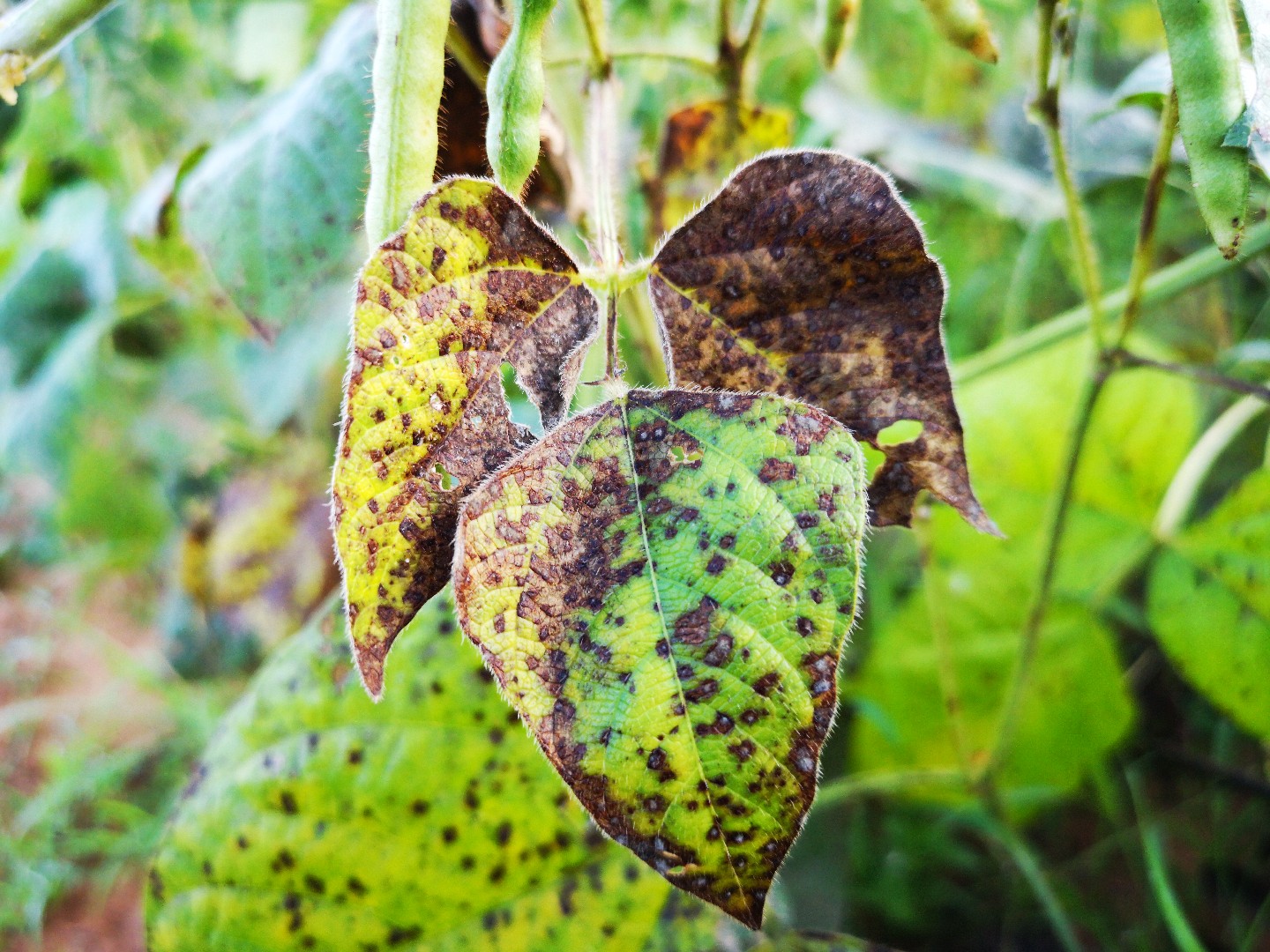
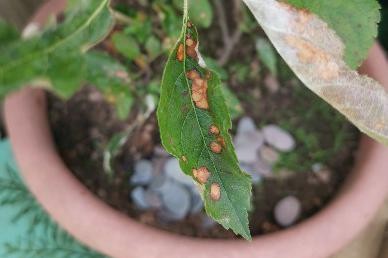
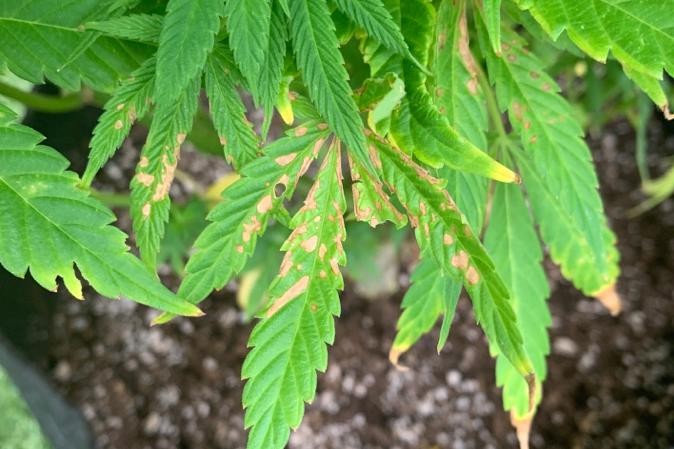

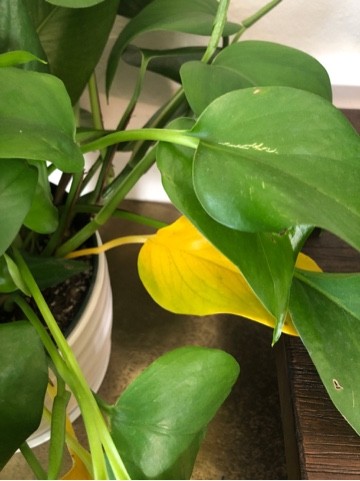
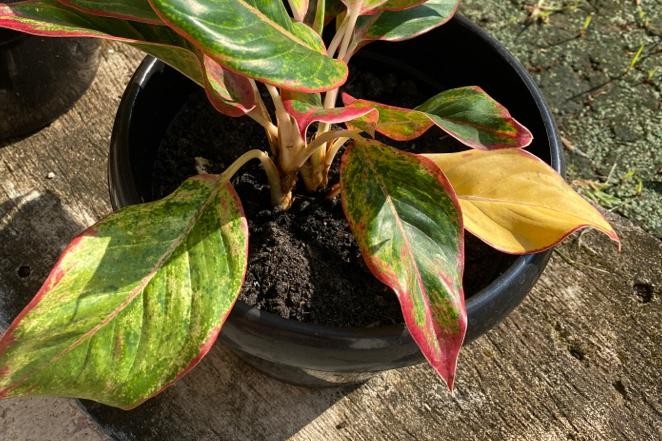








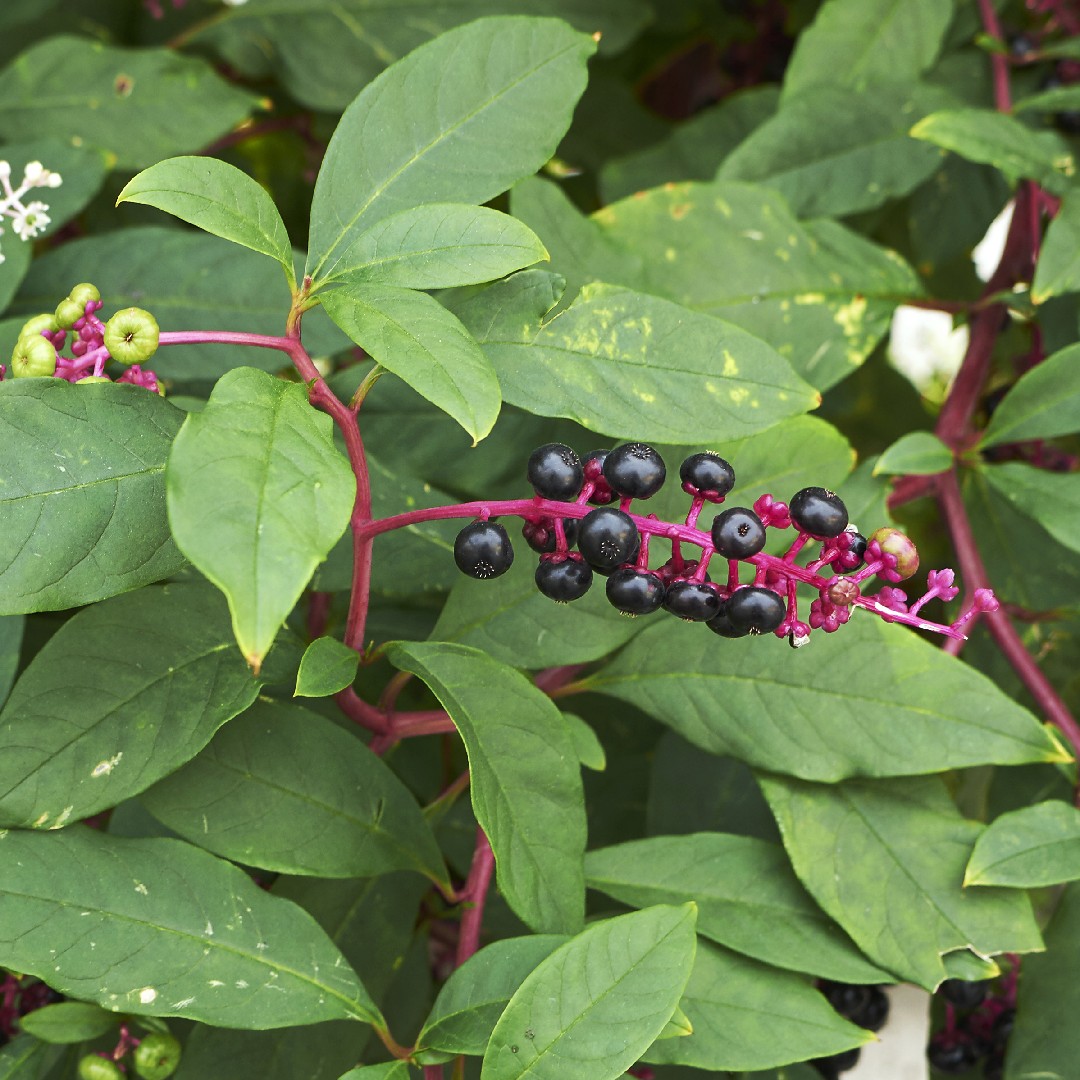







 Watch how sunlight gracefully moves through your garden, and choose spots that provide the perfect balance of light and shade for your plants, ensuring their happiness.
Watch how sunlight gracefully moves through your garden, and choose spots that provide the perfect balance of light and shade for your plants, ensuring their happiness. 








